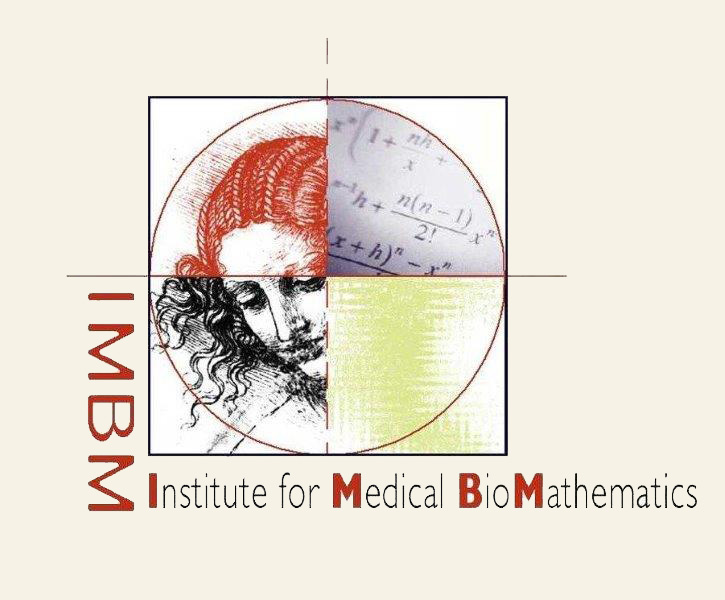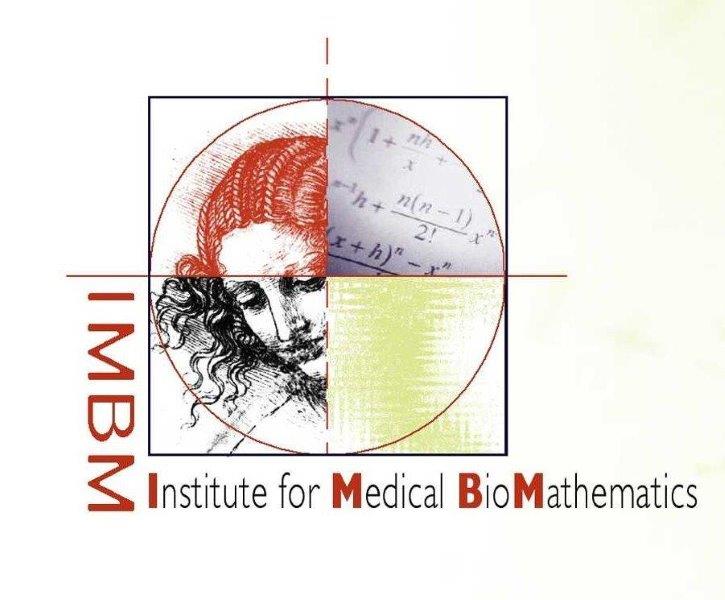
Targeted Drug Delivery by Gemtuzumab Ozogamicin: Mechanism-Based Mathematical Model for Treatment Strategy Improvement and Therapy Individualization
Background: In the last few decades, modern pharmacology, in general, and hematological cancers, in particular, largely benefited from the development of molecular targeted drugs on the basis of monoclonal antibodies (MA). Cancer cells can develop resistance to the conjugated antibodies by several mechanisms such as low expression of the target membrane antigen, rapid metabolism, and rapid excretion from the cell, or resistance to the conjugate toxin. All the aforementioned resistance mechanisms contribute to the high variability in patients’ response, already observed in MA-based drugs (MA-BD).
Methods and Results: We developed a physiologically-based mathematical model for MA-BD PK/PD (pharmacokinetic/pharmacodynamic), which includes blood PK and detailed MA-BD interactions with its target receptor. We applied our model to experimental data of Gemtuzumab Ozogamycin in vitro and in vivo interactions with leukemic blasts, in order to evaluate individual model parameter values in the patient population. Mathematical analysis of model behavior under physiological parameter value ranges allowed the formulation of general principles of treatment by targeted drug delivery, including identification of parameters with highest influence on drug efficacy and optimization of treatment schedule. Furthermore, the predictions of the model were validated in prospective randomized clinical trial.
Conclusions: Modelling the interactions between MA-BD and its target receptor in conjunction with in vitro evaluated model parameters can aid in prediction individual patients’ response to specific MA-BD.
For further reading:
Jager, E., van der Velden, V.H.J., te Marvelde, J.G., Walter, R.B., Agur, Z., Vainstein, V. Targeted drug delivery by gemtuzumab ozogamicin: mechanism-based pharmacokinetic model for treatment strategy improvement and prediction of individual responses. PLoS one (2011) 6(9) e24265
Analysing Transformation of Myelodysplastic Syndrome to Secondary Acute Myeloid Leukemia Using a Large Patient Database
One-third of patients with myelodysplastic syndrome (MDS) progress to secondary acute myeloid leukemia (sAML), with its concomitant poor prognosis. Recently, multiple mutations have been identified in association with MDS-to-sAMLtransition, but it is still unclear whether all these mutations are necessary for transformation. If multiple independent mutations are required for the transformation, sAML risk should increase with time from MDS diagnosis. In contrast, if a single critical biological event determines sAML transformation; its risk should be constant in time elapsing from MDS diagnosis. To elucidate this question, we studied a database of 1079 MDS patients. We classified patients according to the International Prognostic Scoring System (IPSS), or according to the World Health Organization (WHO) criteria, and statistically analyzed the resulting transformation risk curves of each group. The risk of transformation after MDS diagnosis remained constant in time within 3 out of 4 risk groups, and in all 4 risk groups, when patients were classified according to IPSS, or according to the WHO-determined criteria, respectively. Further subdivision by blast percentage or cytogenetics had no influence on this result. Our analysis suggests that a single random biological event leads to transformation to sAML, thus calling for the exclusion of time since MDS diagnosis from the clinical decision-making process.
For further reading
- Shukron O, Vainstein V, Kundgen A, Germing U, Agur Z. Analyzing transformation of myelodysplastic syndrome to secondary acute myeloid leukemia using a large patient database. American Journal of Hematology (2012), ISSN 1096-8652.

